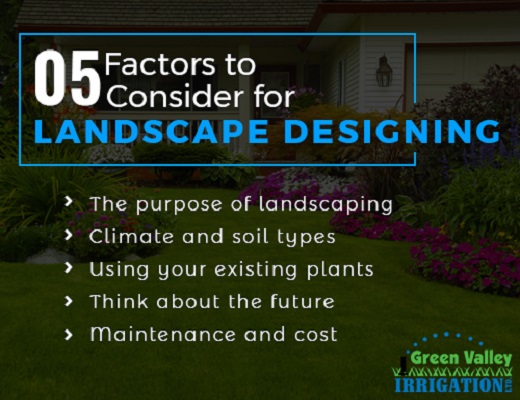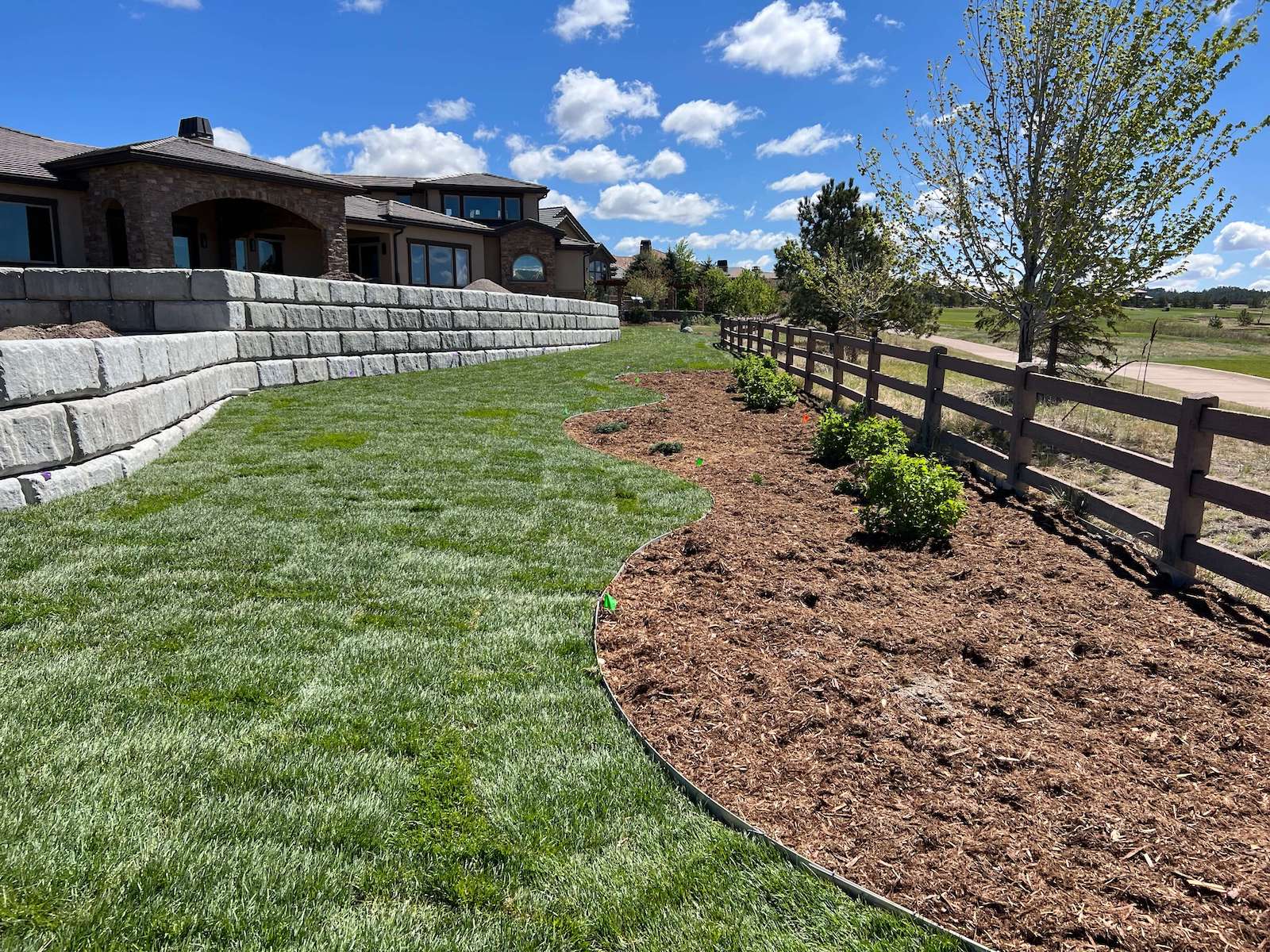Some Of Hilton Head Landscapes
Some Of Hilton Head Landscapes
Blog Article
The Main Principles Of Hilton Head Landscapes
Table of ContentsThe Only Guide for Hilton Head LandscapesThe 25-Second Trick For Hilton Head LandscapesHilton Head Landscapes Things To Know Before You BuyThe Hilton Head Landscapes DiariesThe Ultimate Guide To Hilton Head LandscapesHilton Head Landscapes Things To Know Before You Get ThisThe Main Principles Of Hilton Head Landscapes The Buzz on Hilton Head Landscapes
Type compatibility is additionally a major part of unity in designone or 2 noticeably different forms are good for comparison and focus, but usually all various other types need to have some similarities for a merged look. Texture describes how rugged or great the surface of the plant or hardscape material really feels and/or looks.
Examples of plants with rugged appearance include philodendrons, agaves, bromeliads, hollies, hands, and hydrangeas. Characteristics that produce great texture include tiny foliage; slim, strappy fallen leaves (turfs) or high, slim stems; tiny, dense twigs and small branches; long stems (vines); and little, fragile flowers.
The Hilton Head Landscapes Ideas
The majority of plants are moderate appearance, in that they can not be defined as having either crude or great structure. Medium-textured plants act as a background to link and unify the coarse- and fine-textured plants.

To make an area really feel smaller, put the coarse structures along the external perimeter and the fine appearances closest to the viewer. The detail of the coarse structure makes the plants show up closer and makes the room feel smaller. The viewed appearance of plants can also alter with the range from the plant.
Rumored Buzz on Hilton Head Landscapes
Bold colors enhance the comparison and make the appearance appear coarser, while soft shades can flatten texture. Hardscape with a coarse texturesuch as really harsh rocks and bold, huge timberstends to make all plant product show up extra moderate distinctive. Developers commonly create an appearance research study (Figure 8) on paper to assist choose the arrangement of plant materials.
Color in plant product and hardscape adds interest and selection to the landscape. Color is the most conspicuous component in the landscape and is normally the focus of most homeowners; nonetheless, it is also the most temporary aspect, typically lasting only a few weeks a year for private plants.
Getting The Hilton Head Landscapes To Work
A basic description of the color wheel consists of the three primaries of red, blue, and yellow; the 3 secondary shades (a mix of 2 primaries) of eco-friendly, orange, and violet; and 6 tertiary colors (a mix of one nearby key and secondary shade), such as red-orange. Shade theory describes the relationship of colors per other and exactly how they need to be used in a structure.

Analogous (sometimes called harmonious) color pattern are any type of three to 5 shades that are nearby on the color wheel, such as red, red-orange, orange, yellow-orange, and yellow, or blue, blue-violet, and violet (Landscaping bluffton sc). The shades relate to each other due to the fact that they typically consist of two primary shades mixed to form a second and two tertiary colors, which suggests they share typical homes
Complementary shades are typically found normally in flowers; a typical pair is yellow and violet. Color is found in the blossoms, foliage, bark, and fruit of plants.
Not known Details About Hilton Head Landscapes
Environment-friendly foliage in all its different shades is the dominant color by amount, but various other shades capture interest extra easily as a result of their high contrast to the color eco-friendly. Shade is additionally located in structures, rocks, pavers, wood, and furniture. A lot of shades in natural materials, such as stone and wood, are normally soft and often tend to be variations of brown, tan, and light yellow.
Color is an important element for producing rate of interest and selection in the landscape. Shades have properties that can affect emotions, spatial understanding, light high quality, equilibrium, and focus. One building of shade is defined relative to temperaturecolors appear to be awesome or warm and can influence feelings or feelings. Great shades often tend to be relaxing and need to be made use of in locations for leisure and peacefulness.
Things about Hilton Head Landscapes
The "temperature level" of colors can additionally impact the perception of range. Great colors often tend to decline and are perceived as being further away, making a space feel larger. Cozy colors often tend to advancement and are regarded as being better, making a space really feel smaller. Shade can likewise be made use of to capture attention and straight views.
As an example, intense yellow, which has the highest strength, also has a high comparison with all other shades (commonly called a "pop" of shade) and need to be conserved. A percentage of extreme color has as much visual weight as a huge amount of a much more restrained or weaker color.
Comparable (sometimes called harmonious) color design are any three to 5 shades that are nearby on the color wheel, such as red, red-orange, orange, yellow-orange, and yellow, or blue, blue-violet, and violet. The colors belong per other since they normally consist of two main colors mixed to form a secondary and 2 tertiary shades, which implies they share typical homes.
The Ultimate Guide To Hilton Head Landscapes
They often tend to have high comparison in between them. One of the most common sets are violet and yellow, red and green, and blue and orange. Complementary shades are frequently discovered normally in blossoms; a typical set is yellow and violet. Color is located in the blossoms, foliage, bark, and fruit of plants.
Environment-friendly vegetation in all its various shades is the dominant color by amount, however other shades capture interest quicker due to their high contrast to the shade green - bluffton landscaping - https://hilton-head-landscapes.jimdosite.com. Shade is likewise located in structures, rocks, pavers, timber, and furniture. Many shades in natural materials, such as stone and timber, are typically soft and tend to be variations of brownish, tan, and pale yellow
The Only Guide for Hilton Head Landscapes
Shades have residential properties that can affect emotions, spatial assumption, light high quality, equilibrium, and focus. Amazing shades have a tendency to be soothing and ought to be made use of in areas for relaxation and peacefulness.
The "temperature level" of colors can also influence the understanding of range. Trendy shades often tend to recede and are regarded as being farther away, making a room feel bigger. Cozy shades have a tendency to advancement and are regarded as being more detailed, making an area feel smaller sized. Color can also be used to catch attention and straight views.
For instance, intense yellow, which has the highest possible intensity, additionally has a high contrast with all various other shades (often defined as a "pop" of shade) and should be made use of sparingly. A small amount of extreme shade has as much aesthetic weight as Clicking Here a huge amount of a more controlled or weak shade.
Report this page